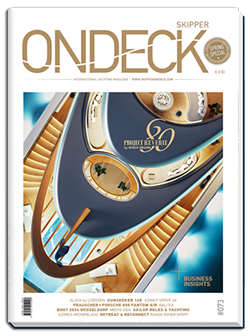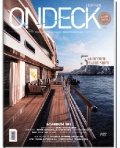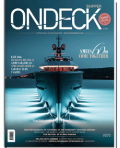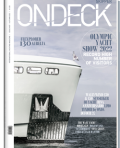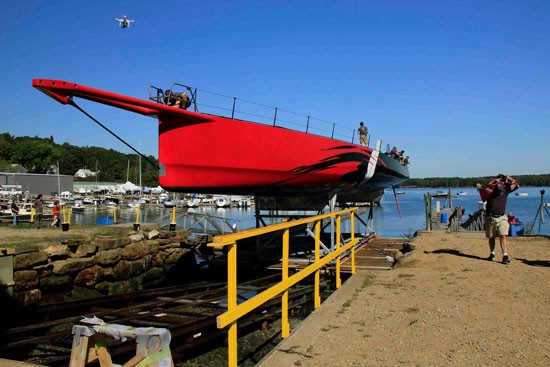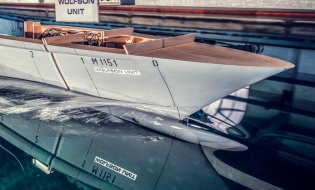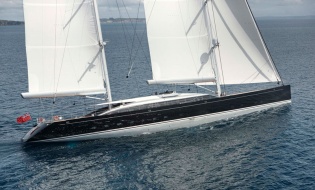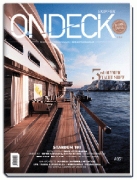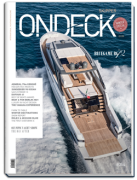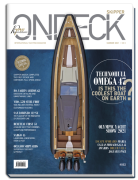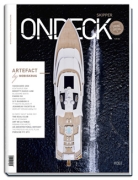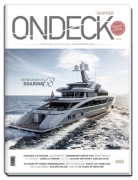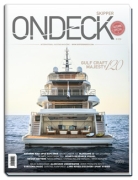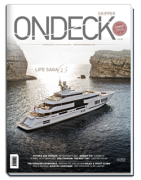 Hodgdon Yachts announced the successful infusion of a 100ft carbon fibre hull mould.
Hodgdon Yachts announced the successful infusion of a 100ft carbon fibre hull mould.
The mould to be used for a pre-preg carbon hull is one of the largest single hull infusions ever done in the USA and one of a handful of this scale worldwide.
James Anderson - Engineering Director Hodgdon Yachts refers ondeck:
"The tooling needed to be carbon to match/minimize thermal expansion with the prepreg part. Given that the tool needed to be carbon it was much more efficient to make a heavy tool laminate with the infusion process so all the material could be put down together and infused in one go. It took less than a week to lay up and infuse the hull. Using carbon prepreg to make the hull would have been more expensive from a materials point of view and much more expensive from a labor point of view. The additional benefits of the prepreg, such as lighter weight and higher strength and stiffness, are worth the extra cost in the final part, but not necessary for the tool."
1. What are female moulds for carbon fibre hulls usually made from?
If the hull is pre-preg then the mold is often infused carbon fiber made on a male plug, as we have done here. If the hull is going to be infused carbon then a direct female tool is usually machined in foam slightly oversize, then laminated with glass and covered with tooling paste for final machining. The whole thing would be made on a steel frame normally.
2.Does Hodgdon see carbon fibre replacing sheet aluminum for the superstructures of super-yachts in the short or medium term ?
Carbon fiber is becoming more popular the higher you get up in the superyacht. Masts and arches are commonly made using carbon fiber, or glass fiber. Both offer significant weight savings over metal structures and hugely reduce the amount of fairing needed. Superstructures will follow, particularly where righting moment and overall weight are an issue.
3. Are lightweight panels now replacing ply for bulkheads and partitions? What will the bulkheads in this new yacht be made of ?
Most composite yachts would have composite structural bulkheads. This yacht will have carbon/nomex bulkheads. Interior joiner work bulkheads are made using lightweight carbon or e-glass/nomex panels. This is something Hodgdon Interiors often does for super light superyacht interiors.
4. Do modern adhesives allow bulkheads and partitions to be bonded in without the need for wet tabbing ?
In some instances this is done with large adhesive fillets, but it is not a very good practice for primary structure in my opinion. Adhesives can have good ultimate strength but they tend to suffer from poor fatigue resistance. The fibers in the tabbing will significantly improve the fatigue resistance. Where a molded liner is used with a molded channel for the bulkhead the panel can be bonded in but this is a slightly different scenario to bonding a bulkhead to a hull shell.
VIDEO
Comanche is launched!! from Onne van der Wal on Vimeo.











